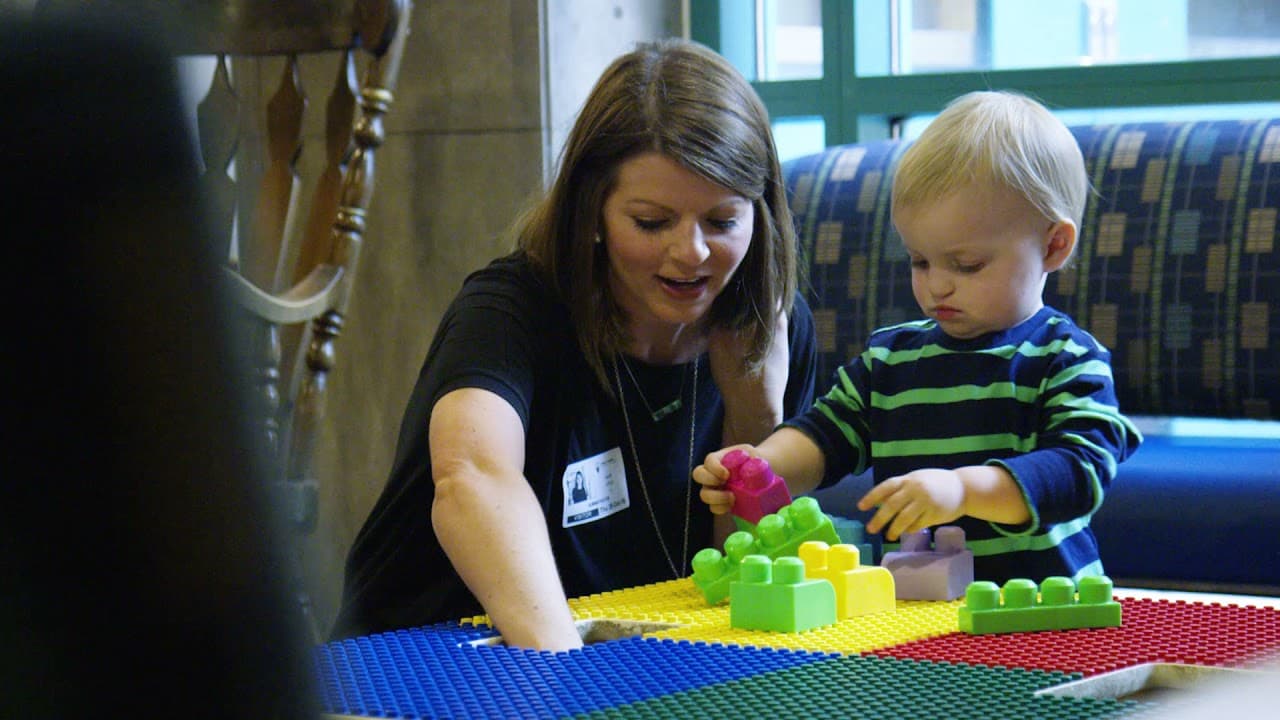{"items":[{"title":"Shriners Children's Boston","image":"https://edge.sitecorecloud.io/shrinershosf393-shriners4ad9-prodb963-58d8/media/project/shriners/shc/migration-images/related-locations-dropdown-carousel/boston-hospital-back-view-961x640-64444-ashx.jpeg?h=640&iar=0&w=961","imageAlt":"boston-hospital-back-view-961x640-64444-ashx","text":"Pediatric specialty care for children throughout Massachusetts and beyond","ctaItem":{"ctaLinkIcon":"https://edge.sitecorecloud.io/shrinershosf393-shriners4ad9-prodb963-58d8/media/icons/si-nonhero-icons-_-24x24px/solid-white-_-24x24px/mappin_24x24_whitesolid.svg?iar=0","ctaLinkText":"More About This Location","ctaLink":"https://www.shrinerschildrens.org/en/locations/boston"},"itemId":"https://www.shrinerschildrens.org/en/locations/boston"},{"title":"Shriners Hospitals for Children Canada","image":"https://edge.sitecorecloud.io/shrinershosf393-shriners4ad9-prodb963-58d8/media/project/shriners/shc/migration-images/related-locations-dropdown-carousel/canada-hospital-exterior-961x640-65566-ashx.jpeg?h=640&iar=0&w=961","imageAlt":"canada-hospital-exterior-961x640-65566-ashx","text":"Pediatric specialty care for children throughout Montreal and beyond","ctaItem":{"ctaLinkIcon":"https://edge.sitecorecloud.io/shrinershosf393-shriners4ad9-prodb963-58d8/media/icons/si-nonhero-icons-_-24x24px/solid-white-_-24x24px/mappin_24x24_whitesolid.svg?iar=0","ctaLinkText":"More About This Location","ctaLink":"https://www.shrinerschildrens.org/en/locations/canada"},"itemId":"https://www.shrinerschildrens.org/en/locations/canada"},{"title":"Shriners Children's Chicago","image":"https://edge.sitecorecloud.io/shrinershosf393-shriners4ad9-prodb963-58d8/media/project/shriners/shc/migration-images/related-locations-dropdown-carousel/chicago-hospital-exterior-961x640-65608-ashx.jpeg?h=640&iar=0&w=961","imageAlt":"chicago-hospital-exterior-961x640-65608-ashx","text":"Pediatric specialty care for children throughout Illinois and beyond","ctaItem":{"ctaLinkIcon":"https://edge.sitecorecloud.io/shrinershosf393-shriners4ad9-prodb963-58d8/media/icons/si-nonhero-icons-_-24x24px/solid-white-_-24x24px/mappin_24x24_whitesolid.svg?iar=0","ctaLinkText":"More About This Location","ctaLink":"https://www.shrinerschildrens.org/en/locations/chicago"},"itemId":"https://www.shrinerschildrens.org/en/locations/chicago"},{"title":"Houston Cleft Lip and Palate Clinic | Shriners Children's","image":"https://edge.sitecorecloud.io/shrinershosf393-shriners4ad9-prodb963-58d8/media/images/shc/location-entities/texas/patient_provider_960x640_ce7020qd75715edqf94vhfpo66.jpg?h=640&iar=0&w=960","imageAlt":"male provider and male patient in exam room, patient wearing shirt that reads \"make some noise\"","text":"Shriners Children's Texas hosts a regular pediatric cleft lip and palate clinic in downtown Houston in Scurlock Tower on the 19th floor.","ctaItem":{"ctaLinkIcon":"https://edge.sitecorecloud.io/shrinershosf393-shriners4ad9-prodb963-58d8/media/icons/si-nonhero-icons-_-24x24px/solid-white-_-24x24px/mappin_24x24_whitesolid.svg?iar=0","ctaLinkText":"More About This Location","ctaLink":"https://www.shrinerschildrens.org/en/locations/texas/clinics/houston-cleft-lip-and-palate-clinic"},"itemId":"https://www.shrinerschildrens.org/en/locations/texas/clinics/houston-cleft-lip-and-palate-clinic"},{"title":"Shriners Children's New England","image":"https://edge.sitecorecloud.io/shrinershosf393-shriners4ad9-prodb963-58d8/media/project/shriners/shc/migration-images/related-locations-dropdown-carousel/springfield-building-exterior-961x640-63900-ashx.jpeg?h=640&iar=0&w=961","imageAlt":"springfield-building-exterior-961x640-63900-ashx","text":"Pediatric specialty care for children throughout Massachusetts and beyond","ctaItem":{"ctaLinkIcon":"https://edge.sitecorecloud.io/shrinershosf393-shriners4ad9-prodb963-58d8/media/icons/si-nonhero-icons-_-24x24px/solid-white-_-24x24px/mappin_24x24_whitesolid.svg?iar=0","ctaLinkText":"More About This Location","ctaLink":"https://www.shrinerschildrens.org/en/locations/new-england"},"itemId":"https://www.shrinerschildrens.org/en/locations/new-england"},{"title":"Shriners Children's Northern California","image":"https://edge.sitecorecloud.io/shrinershosf393-shriners4ad9-prodb963-58d8/media/project/shriners/shc/migration-images/related-locations-dropdown-carousel/sacramento-building-exterior-961x640-294-ashx.jpeg?h=640&iar=0&w=961","imageAlt":"sacramento-building-exterior-961x640-294-ashx","text":"Pediatric specialty care for children throughout Northern California, Western U.S., Northwestern Mexico and Canada","ctaItem":{"ctaLinkIcon":"https://edge.sitecorecloud.io/shrinershosf393-shriners4ad9-prodb963-58d8/media/icons/si-nonhero-icons-_-24x24px/solid-white-_-24x24px/mappin_24x24_whitesolid.svg?iar=0","ctaLinkText":"More About This Location","ctaLink":"https://www.shrinerschildrens.org/en/locations/northern-california"},"itemId":"https://www.shrinerschildrens.org/en/locations/northern-california"},{"title":"Shriners Children's Ohio","image":"https://edge.sitecorecloud.io/shrinershosf393-shriners4ad9-prodb963-58d8/media/project/shriners/shc/migration-images/related-locations-dropdown-carousel/shriners-childrens-ohio-lobby-960x640-ashx.jpeg?h=640&iar=0&w=960","imageAlt":"shriners-childrens-ohio-lobby-960x640-ashx","text":"Pediatric specialty care for children throughout Ohio and beyond","ctaItem":{"ctaLinkIcon":"https://edge.sitecorecloud.io/shrinershosf393-shriners4ad9-prodb963-58d8/media/icons/si-nonhero-icons-_-24x24px/solid-white-_-24x24px/mappin_24x24_whitesolid.svg?iar=0","ctaLinkText":"More About This Location","ctaLink":"https://www.shrinerschildrens.org/en/locations/ohio"},"itemId":"https://www.shrinerschildrens.org/en/locations/ohio"},{"title":"Shriners Children's Philadelphia","image":"https://edge.sitecorecloud.io/shrinershosf393-shriners4ad9-prodb963-58d8/media/project/shriners/shc/migration-images/related-locations-dropdown-carousel/philadelphia-hospital-exterior-961x640-65326-ashx.jpeg?h=640&iar=0&w=961","imageAlt":"philadelphia-hospital-exterior-961x640-65326-ashx","text":"Pediatric specialty care for children throughout Pennsylvania and beyond","ctaItem":{"ctaLinkIcon":"https://edge.sitecorecloud.io/shrinershosf393-shriners4ad9-prodb963-58d8/media/icons/si-nonhero-icons-_-24x24px/solid-white-_-24x24px/mappin_24x24_whitesolid.svg?iar=0","ctaLinkText":"More About This Location","ctaLink":"https://www.shrinerschildrens.org/en/locations/philadelphia"},"itemId":"https://www.shrinerschildrens.org/en/locations/philadelphia"},{"title":"Shriners Children's Portland","image":"https://edge.sitecorecloud.io/shrinershosf393-shriners4ad9-prodb963-58d8/media/project/shriners/shc/migration-images/related-locations-dropdown-carousel/portland-building-exterior-961x640-63358-ashx.jpeg?h=640&iar=0&w=961","imageAlt":"portland-building-exterior-961x640-63358-ashx","text":"Pediatric specialty care for children throughout Oregon and beyond","ctaItem":{"ctaLinkIcon":"https://edge.sitecorecloud.io/shrinershosf393-shriners4ad9-prodb963-58d8/media/icons/si-nonhero-icons-_-24x24px/solid-white-_-24x24px/mappin_24x24_whitesolid.svg?iar=0","ctaLinkText":"More About This Location","ctaLink":"https://www.shrinerschildrens.org/en/locations/portland"},"itemId":"https://www.shrinerschildrens.org/en/locations/portland"},{"title":"Shriners Children's Shreveport","image":"https://edge.sitecorecloud.io/shrinershosf393-shriners4ad9-prodb963-58d8/media/project/shriners/shc/migration-images/related-locations-dropdown-carousel/shreveport-building-exterior-961x640-69307-ashx.jpeg?h=640&iar=0&w=961","imageAlt":"shreveport-building-exterior-961x640-69307-ashx","text":"Pediatric specialty care for children throughout Louisiana and beyond","ctaItem":{"ctaLinkIcon":"https://edge.sitecorecloud.io/shrinershosf393-shriners4ad9-prodb963-58d8/media/icons/si-nonhero-icons-_-24x24px/solid-white-_-24x24px/mappin_24x24_whitesolid.svg?iar=0","ctaLinkText":"More About This Location","ctaLink":"https://www.shrinerschildrens.org/en/locations/shreveport"},"itemId":"https://www.shrinerschildrens.org/en/locations/shreveport"},{"title":"Shriners Children's Southern California","image":"https://edge.sitecorecloud.io/shrinershosf393-shriners4ad9-prodb963-58d8/media/project/shriners/shc/migration-images/related-locations-dropdown-carousel/front-of-building-961x640-60428-ashx.jpeg?h=640&iar=0&w=961","imageAlt":"front-of-building-961x640-60428-ashx","text":"Pediatric specialty care for children throughout California and beyond","ctaItem":{"ctaLinkIcon":"https://edge.sitecorecloud.io/shrinershosf393-shriners4ad9-prodb963-58d8/media/icons/si-nonhero-icons-_-24x24px/solid-white-_-24x24px/mappin_24x24_whitesolid.svg?iar=0","ctaLinkText":"More About This Location","ctaLink":"https://www.shrinerschildrens.org/en/locations/southern-california"},"itemId":"https://www.shrinerschildrens.org/en/locations/southern-california"},{"title":"Shriners Children's Texas","image":"https://edge.sitecorecloud.io/shrinershosf393-shriners4ad9-prodb963-58d8/media/project/shriners/shc/migration-images/related-locations-dropdown-carousel/texas-building-exterior-961x640-63296-ashx.jpeg?h=640&iar=0&w=961","imageAlt":"texas-building-exterior-961x640-63296-ashx","text":"Pediatric specialty care for children throughout Texas and beyond","ctaItem":{"ctaLinkIcon":"https://edge.sitecorecloud.io/shrinershosf393-shriners4ad9-prodb963-58d8/media/icons/si-nonhero-icons-_-24x24px/solid-white-_-24x24px/mappin_24x24_whitesolid.svg?iar=0","ctaLinkText":"More About This Location","ctaLink":"https://www.shrinerschildrens.org/en/locations/texas"},"itemId":"https://www.shrinerschildrens.org/en/locations/texas"},{"title":"Shriners Children's Tijuana Clinic","image":"https://edge.sitecorecloud.io/shrinershosf393-shriners4ad9-prodb963-58d8/media/images/shc/location-entities/southern-california/hospital_angeles_hospital_exterior_961x640_42017.jpg?h=640&iar=0&w=961","imageAlt":"Hospital Angeles Tijuana building exterior","text":"The Shriners Children's Tijuana Clinic is convenient for those who live in Baja California, Mexico.","ctaItem":{"ctaLinkIcon":"https://edge.sitecorecloud.io/shrinershosf393-shriners4ad9-prodb963-58d8/media/icons/si-nonhero-icons-_-24x24px/solid-white-_-24x24px/mappin_24x24_whitesolid.svg?iar=0","ctaLinkText":"More About This Location","ctaLink":"https://www.shrinerschildrens.org/en/locations/mexico/clinics/tijuana-clinic"},"itemId":"https://www.shrinerschildrens.org/en/locations/mexico/clinics/tijuana-clinic"},{"title":"Shriners Children's Vancouver Clinic","image":"https://edge.sitecorecloud.io/shrinershosf393-shriners4ad9-prodb963-58d8/media/images/shc/location-entities/portland/vancouver_outreach_clinic_960x640_0gl8fful0p105b17nouuf6tv0a.jpg?h=640&iar=0&w=960","imageAlt":"a brick building in front of a flower lawn","text":"Shriners Children's Vancouver clinic is an extension of Shriners Children's Portland, conveniently located for families in Southwest Washington. ","ctaItem":{"ctaLinkIcon":"https://edge.sitecorecloud.io/shrinershosf393-shriners4ad9-prodb963-58d8/media/icons/si-nonhero-icons-_-24x24px/solid-white-_-24x24px/mappin_24x24_whitesolid.svg?iar=0","ctaLinkText":"More About This Location","ctaLink":"https://www.shrinerschildrens.org/en/locations/portland/clinics/vancouver-wa-clinic"},"itemId":"https://www.shrinerschildrens.org/en/locations/portland/clinics/vancouver-wa-clinic"}]}












